Joel Diamond 1/24/12
ICD-10: A Brief History
Those who follow my not so regular posts will know that I make an incredible effort to avoid offensive and controversial material. Today, I will keep to the high road and offer an academic discussion of ICD-10.
But first… a few words about the term douchebag. Not only is it regularly used on TV nowadays, it is a word frequently bandied about in hospitals—often as the quintessential description of certain patients, but more often aptly used to describe particular physicians.
The term d*bag was defined in the Oxford English Dictionary in 1968 as popular epithet for "an unattractive coed." It was later defined as "a general term of disparagement, esp. for an unattractive or boring person." Clearly there exists a need to stratify this description, not only for general insults, but also for standardized documentation and even commerce and billing.
Many believe that ICD-10, or the 10th revision of the International Classification of D*bags, will resolve this issue. Its deep dictionary of 68,000 terms (compared to 13,000 in the 9th revision i.e. ICD-9) will go well beyond the general term for disparagement, while its 3-7 alphanumeric character codes will allow for greater specificity and detail. For instance, I do not need to delve into the benefits of ICD-10’s detailed description of body parts compared to ICD-9’s generic terms.
I believe that these benefits alone will justify the estimated implementation cost for conversion—thought to run from $5.5 billion to $13.5 billion, with additional productivity losses of $752 million to nearly $1.4 billion.
I thought it would be interesting to gain some historical perspective on this subject. (please note: the names are correct, but the facts are altered to protect the humorless).
Early History
Francois Bossier de Lacroix (1706-1777) is often credited for the first rigorous attempt to classify d*bags in his now famous Nosolgia methodica. He formalized the many ambiguous terms used in his day, such as “Beetle-headed, flap-ear’d knave,” “canker-blossom,” “bolting hutch of beastliness,” and the ever-popular “lump of foul deformity” and organized them according a rough hierarchy.
In 1837, the first medical statistician for the General Register Office in England, William Farr, noted that “the nomenclature of various miscreants in our midst is of much importance in this department of inquiry… and should be settled without delay,” which led to the 1st International Statistical Institute and it’s now famous Classification of Douchacity.
It wasn’t until the Fifth International Conference for the Revision of International Classification of D*bags held in Paris in 1938 that the more familiar insults that are still used today began to be assembled in an organized nomenclature. For instance, under the pejorative “dumb,” one could also classify “imbecile,” “idiot,” and “moron.” Furthermore, for the first time a combination term emerged, which allowed the specification of “a stupid- idiot.” Nonetheless, historians will recall that representatives from Austria and Luxembourg walked out on the sessions, as they felt that these terms did not fully express the gestalt of the true d*bag.
The Ninth Revision
Meeting in Geneva in 1975, the now common three-digit codes were agreed upon and the currently used International Classification of D*bags-9 (ICD-9) was formalized. Most practitioners agree that ICD-9, while useful for general insults and humor, severely limits the accurate description of people we dislike. Take for instance the term “D*bag Not Elsewhere Classified.” It has serious and negative implications in epidemiological studies and retrospective analysis. Similarly, the combination term “D*bag with or without a stupid grin that one might want to punch” is frustratingly ambiguous. Finally, so much has already been written about the plethora of “worthless” E-codes pertaining to injuries (i.e. motor vehicle accident secondary to d*bag talking on cellphone,) yet the classification misses common conditions such as “d*bag at the gym who constantly looks at himself in the mirror.”
ICD-10
Now seriously, I hope the above parody sheds some light on the absurdity of our ridiculous emphasis on billing at the expense of true descriptive medicine, clinical communication, and interoperability.
In fact, the closest real-life ICD-9 code that describes a d*bag is 301.81 – Narcissistic Personality Disorder.
At least ICD-10 allows the more clinically rich picture to emerge: F602- Dissocial personality disorder, with Z437-Attention to artificial vagina, Y607-During administration of enema.

Joel Diamond, MD is chief medical officer at dbMotion, adjunct associate professor at the Department of Biomedical Informatics at the University of Pittsburgh, and a practicing physician at UPMC and of the Handelsman Family Practice in Pittsburgh, PA. He also blogs on interoperability.

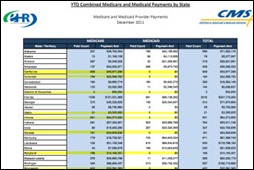
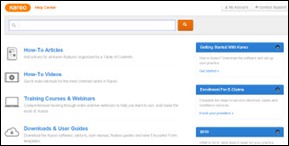
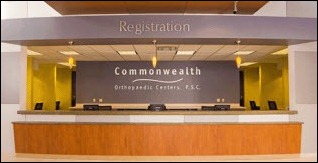


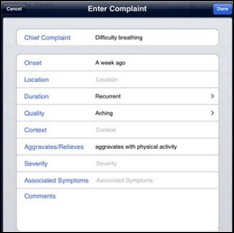


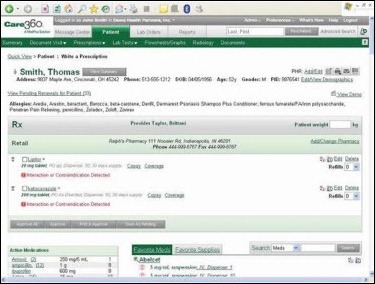


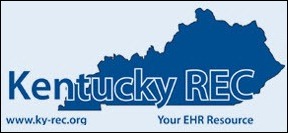

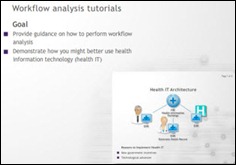



The article about Pediatric Associates in CA has a nugget with a potentially outsized impact: the implication that VFC vaccines…